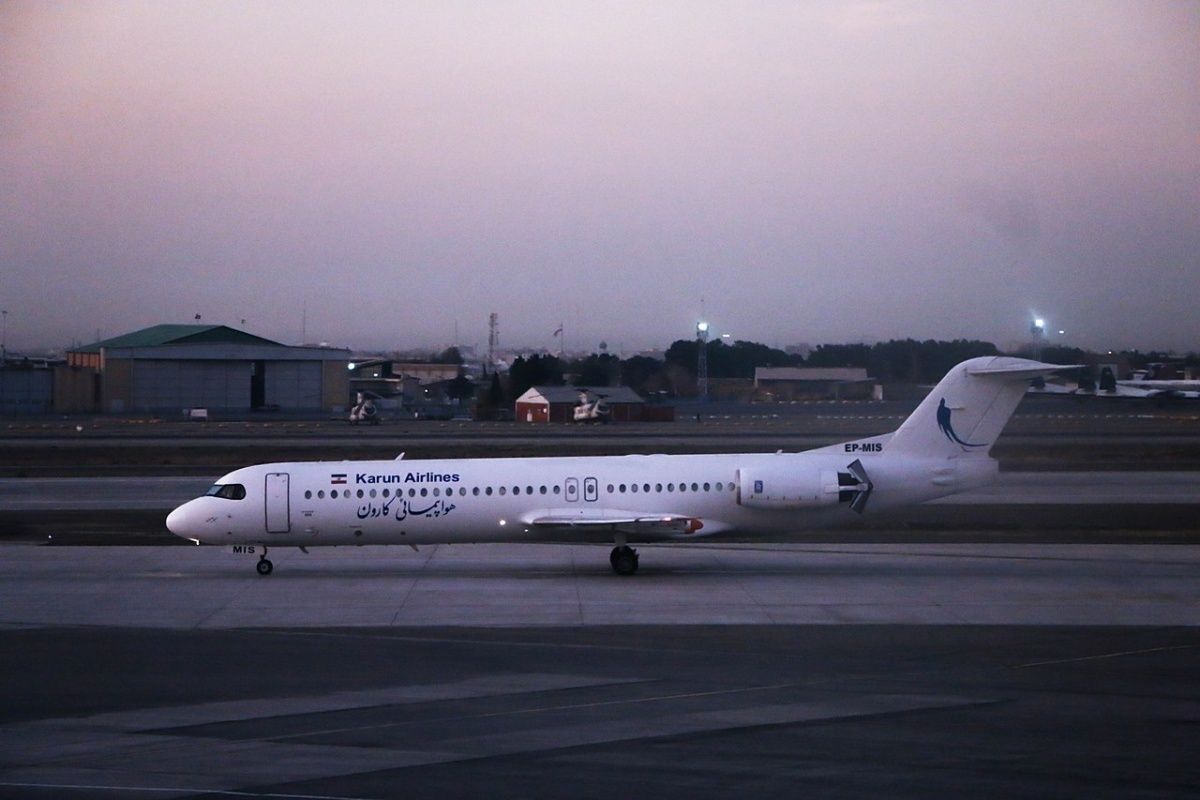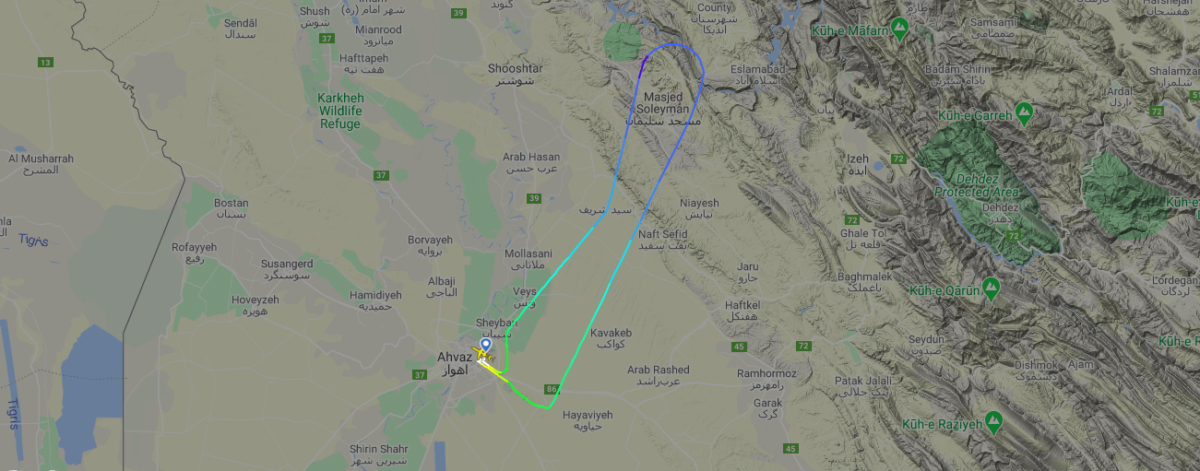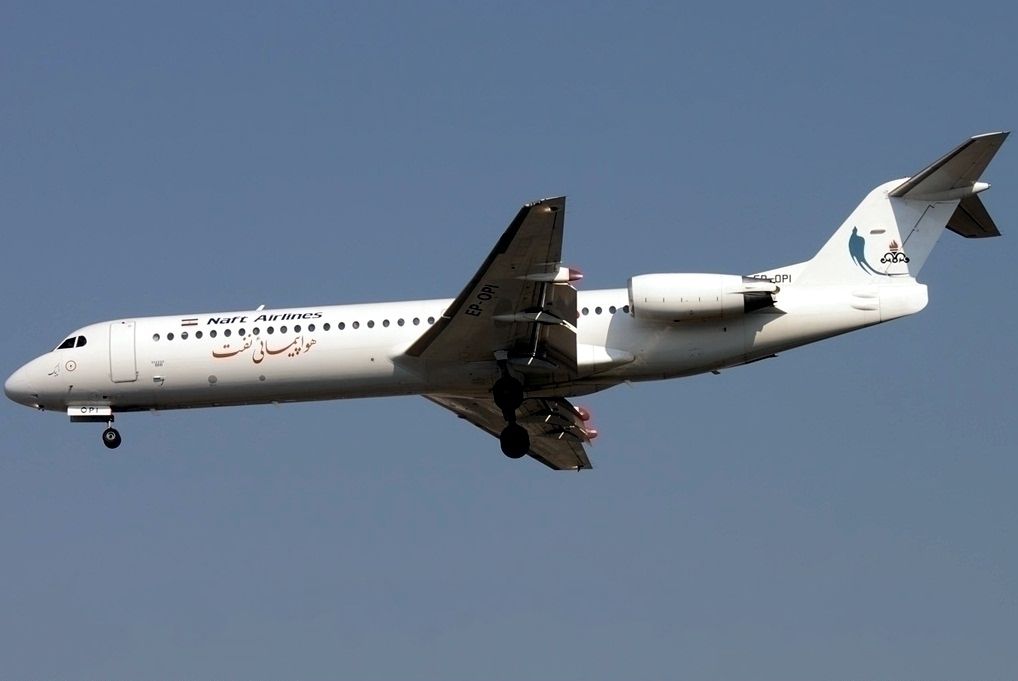A Fokker 100 aircraft operated by Karun Airlines was forced to return to Ahwaz International Airport (AWZ). This move happened after pilots reported smoke in the cabin. The incident occurred on June 19 during flight NV-2633 from Ahwaz to Sardar e Jangal International Airport (RAS) in Rasht (Iran). The aircraft was at FL180 when the crew stopped the climb and returned to Ahwaz. The aircraft registration number EP-AWZ landed safely on Ahwaz's runway 30 some 30 minutes after taking off.
According to the aviation website, CH-Aviation passengers on the plane said that the cabin filled with smoke coming from the back of the aircraft. The airline later issued a statement saying that a defect in an aircraft system caused the smoke. All the passengers on the flight were in "good health". Additionally, alternate transport has been organized to take them to Rasht.
About Karun Airlines
The firm was known as Iranian Naft Airlines before being renamed Karun Airlines in 2017. It is owned and operated by a retirement organization of the National Iranian Oil Company. Based at Ahwaz International Airport (AWZ) in the southwest of Iran, Karun Airlines operates a fleet of nine aircraft comprising four Fokker F100s and five Fokker F50s.
The aircraft involved in Friday's smoke incident was built at the Fokker factory in the Netherlands, with registration EP-AWZ. It is 25.6 years old, and before being sold to Iranian Naft Airlines in 2009, it saw service with British Midland, Fokker Services, Spanair, and Iranian Air Transport. Karun Airlines uses its aircraft for scheduled passenger and charter flights within Iran and neighboring countries.
Sanctions have hurt Iranian airlines
Ever since the United States imposed sanctions on Iran following the 1979 American Embassy hostage crisis, Iranian airlines have had a hard time buying new aircraft. When the sanctions were eased briefly after the 2015 nuclear deal, Iran did manage to take delivery of one Airbus A321 and two Airbus A330 jets and 13 French/Italian ATR 72-600 turboprops. Now with sanctions back in full force following America's decision to pull out of the nuclear agreement, half of all Iranian airliners are grounded due to a lack of spare parts.
For this reason, airlines like Karun Airlines are forced to use old Fokker aircraft for their flights.
Buying non-American or European made aircraft like the Russian Sukhoi Superjet SSJ100 is out of the question as they contain more than 10% of American parts and are not permitted under the current sanctions. There was talk of Russia building the SSJ100 without American parts to circumnavigate the sanctions. However, now this prospect appears to have faded away.
Iran needs 500 new planes
The only alternative for Iran-based airlines in the current political situation is to do the best they can to try and keep their aging planes in the air. Reports suggest that Iran's carriers will require 500 new aircraft to replace their existing fleets. However, until sanctions are lifted, they will have to make do with what they have. Many nervous locals are worried that flying in Iran is unsafe. Therefore, they are steering clear of flying, preferring to take more extended overland options.
Would you feel safe flying on a regional flight in Iran? Please let us know your thoughts in the comments.



